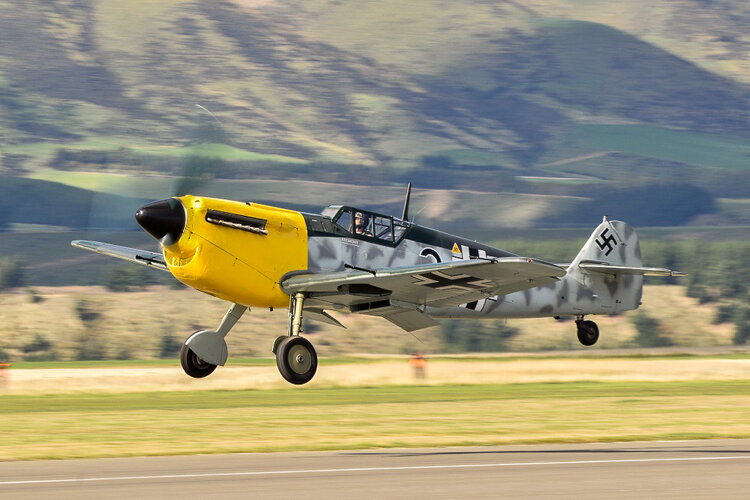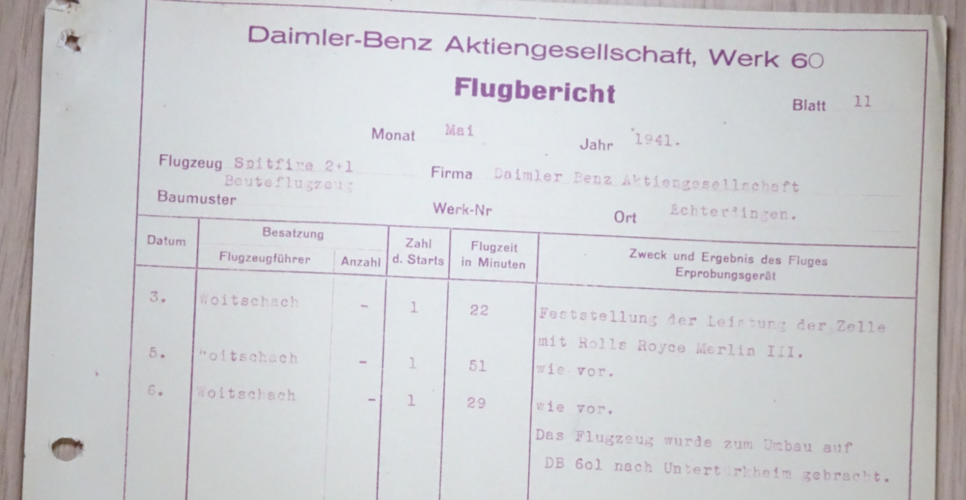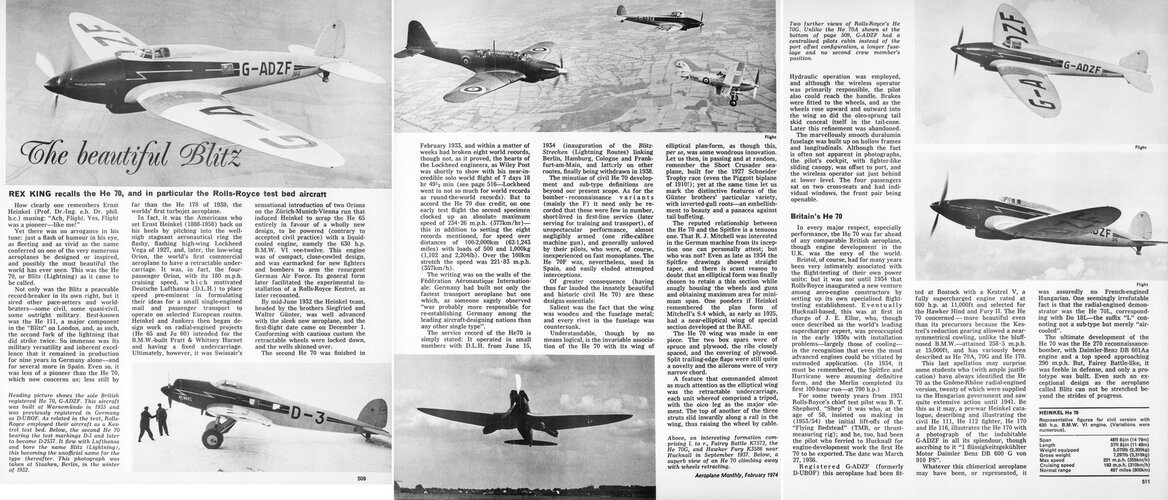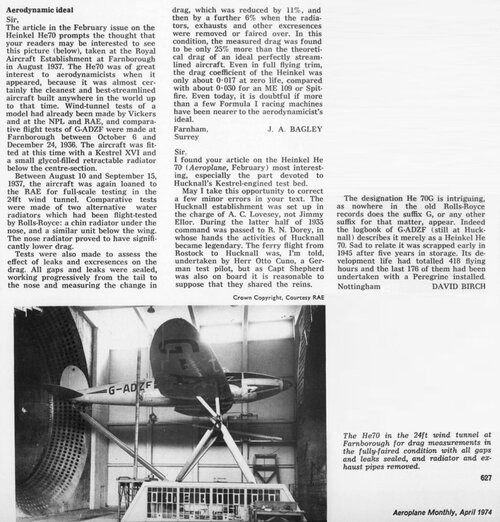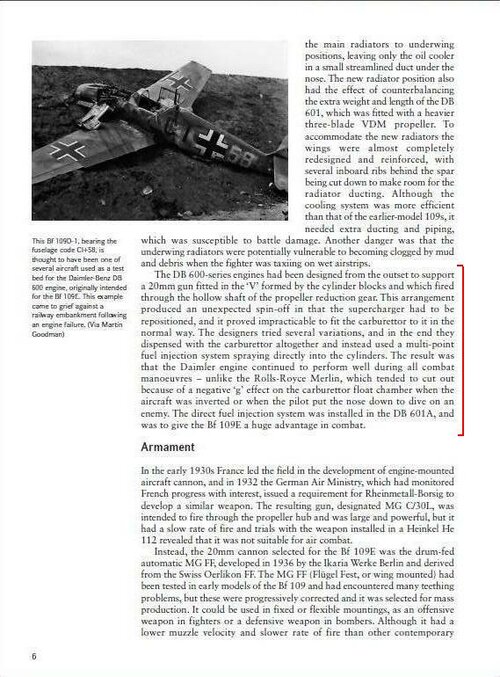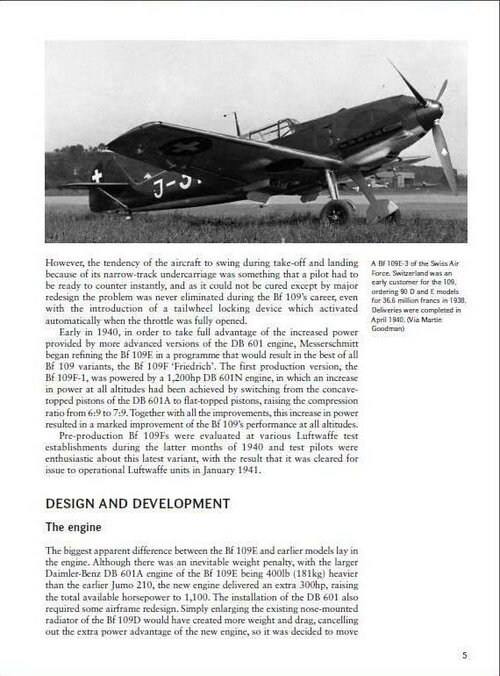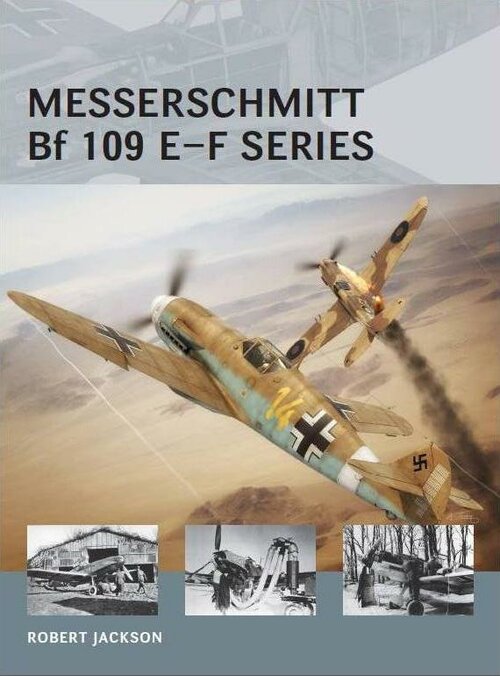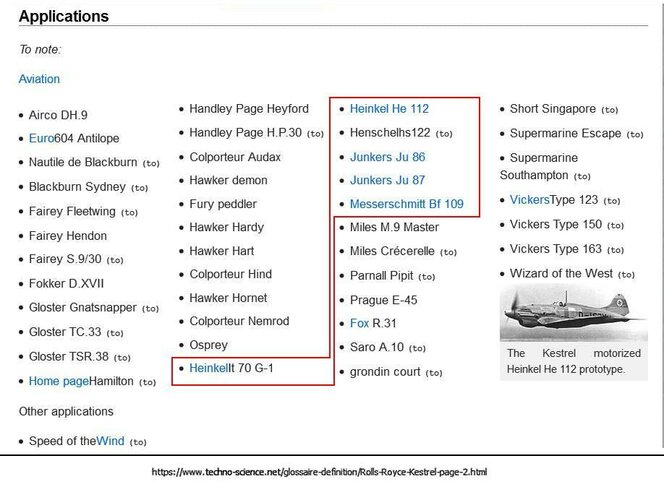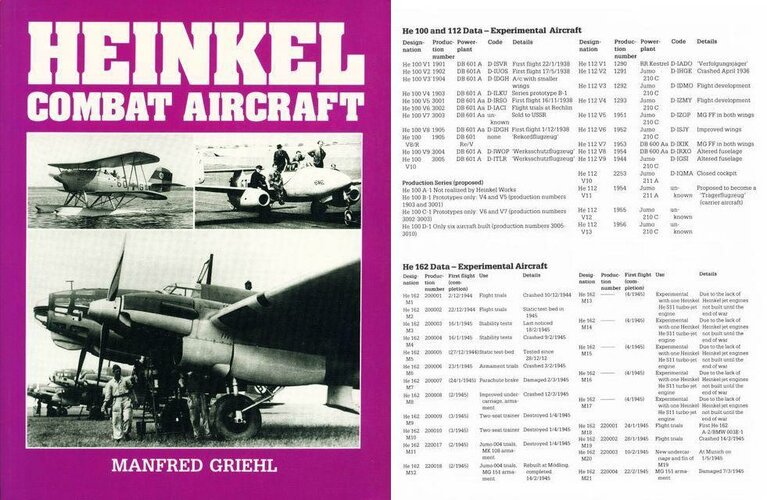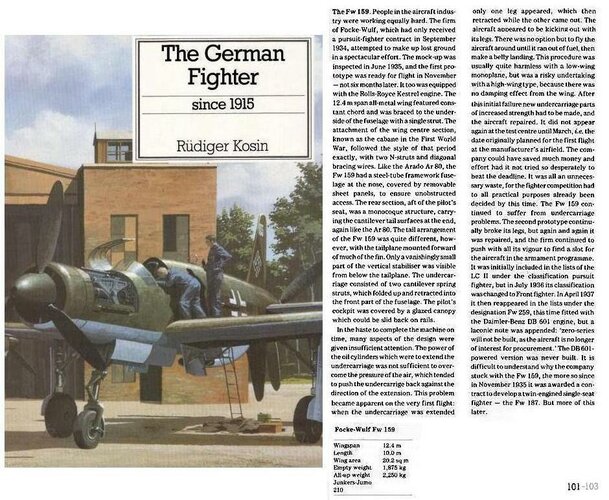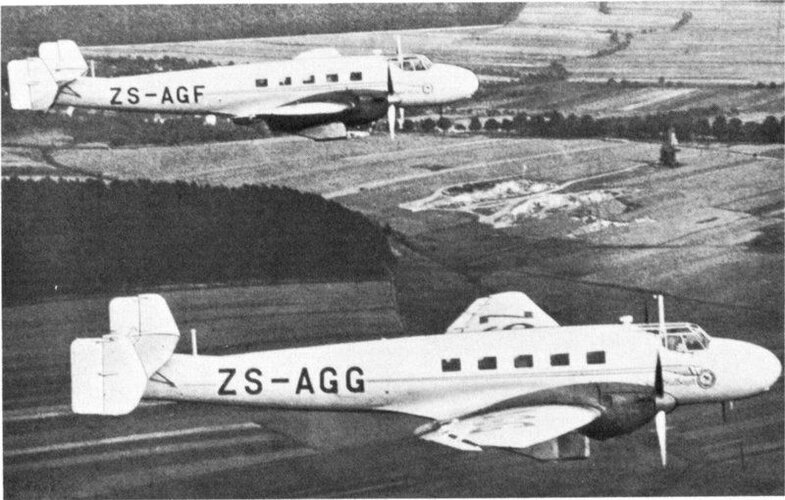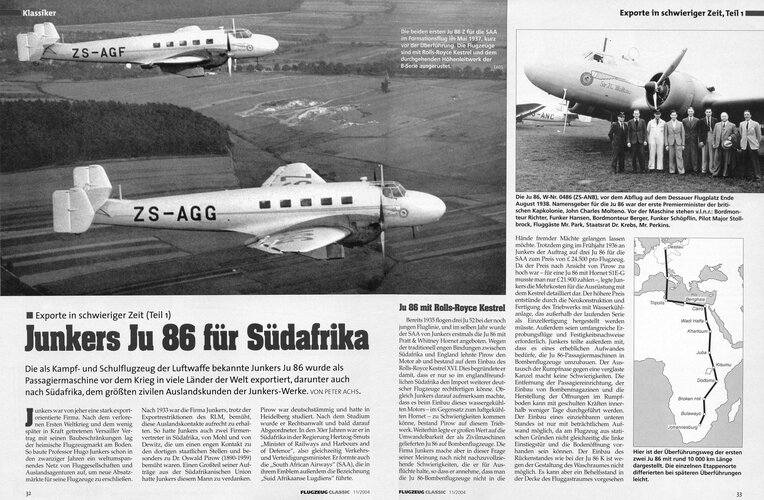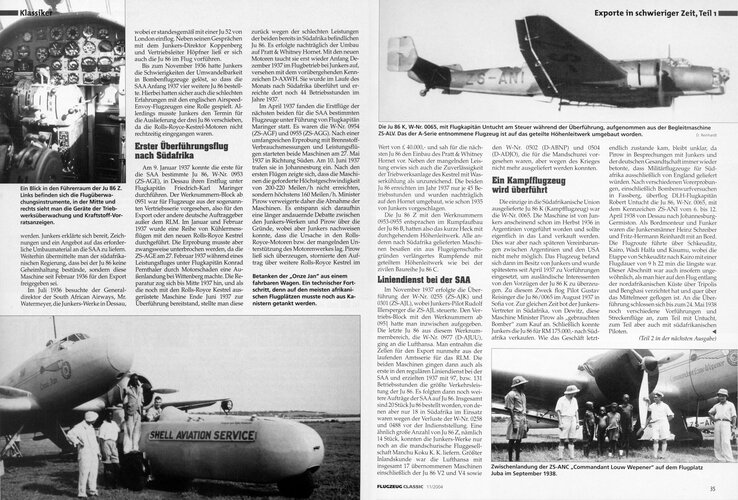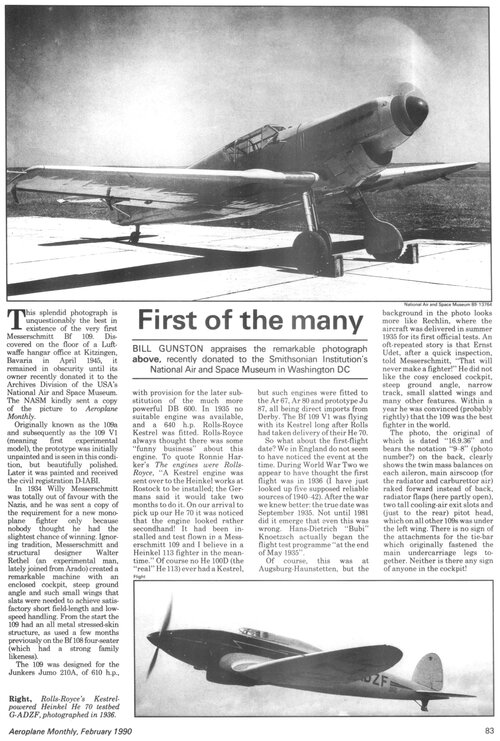- Joined
- 11 June 2014
- Messages
- 1,541
- Reaction score
- 2,899
I'd like to seek your help in solving a bit of a mystery - particularly if you're a native German speaker!
A bit of background...
In my Luftwaffe: Secret Projects of the Third Reich bookazine of 2019 (seems like a long time ago!) I published details of a Focke-Wulf study on fitting a Napier Sabre II to a Ta 152. On p60, third column, 6th paragraph, I wrote "There is no known instance during the entire course of the war of a project being run to determine the properties of a Rolls-Royce Merlin or Griffon, or any other Allied engine, when fitted to any German aircraft".
On October 7, 2019, commenting on my bookazine when it came out, secretprojects.co.uk forum member sienar wrote (https://www.secretprojects.co.uk/th...he-third-reich-by-dan-sharp.31565/post-365216):
Finally got this. I haven't read everything yet but I did skim through. One thing stuck out immedietly:
"There is no known instance during the entire course of the war of a project being run to determine the properties of a Rolls-Royce Merlin or Griffon, or any other Allied engine, when fitted to any German aircraft."
There was some correspondence between Messerschmitt and Daimler-Benz about fitting the Merlin engine to a 109 airframe. The main goal of this was to evaluate the relative effectiveness of the Spitfires radiator installation vs the 109. I have no idea why they felt an engine swap was necessary to do that and Willy proposed just swapping the radiators.
I asked sienar where this information came from, and he said it was in a book about Willy Messerschmitt written by Frank Vann and published in 1993 (ISBN 1852604395). I discovered the reference myself on p68 of my first edition copy of Vann. I knew that Vann had got much of his information from a collection of Willy Messerschmitt's papers held at the Imperial War Museum - I had even discussed Vann with the curator there (although it was before his time). Looking back through my photographs of those papers - which are really not particularly accessible, being behind several layers of security, and being in an obscure part of the collection that most people wouldn't even know was there - I found I had actually photographed Vann's source without realising it! (see attachment below - a sheet signed by Willy Messerschmitt and with 'Herr Voigt' also typed onto it at the bottom)

So Messerschmitt reported on a Daimler-Benz plan to put a Merlin into a Bf 109 - so far so good. But here's where it gets (slightly more) interesting. I posted this finding on Twitter and had Robin Schaefer of Iron Cross magazine commenting on it:

At the time, I was angry and perplexed by this accusation. I had photographed 2985 individual sheets from the Messerschmitt papers (and that's only five out of 12 volumes - every sheet of every volume has a sequential number stamped on it, this one being 178 of volume 4) and this is the only one which mentions, in passing, the Daimler-Benz plan to put a Merlin into a Bf 109. I photographed it in 2018 but Vann had clearly seen it in 1993 - 25 years earlier. Vann doesn't make anything of it particularly - he just mentions it briefly and moves on.
It seemed clear to me that this could not be a fake. But a further recent discussion got me thinking. Is the grammar and expression in the Messerschmitt document 'very awkward' to the point of seeming 'fake'? My knowledge of German is not sufficient to answer this question - it just reads like any other German to me.
German speakers - do you think this looks like a 'bad fake'?
If this was a fake, it would have had to be inserted into volume 4 some time before Vann got there in 1992/1993 (presumably - I don't know when his research was carried out prior to publication). Also, the sequence of numbers in vol. 4 is undisturbed, so someone would have had to not only create the fake page but also then destroy the original sheet stamped '178' in situ or smuggle it out of the archive. I don't know what security was like at IWM at the time but I guess it might have been possible to make the switch when the curator's back was turned. I've no idea why someone would go to those lengths though! I mean, who even cares whether DB briefly considered putting a Merlin in to a Bf 109 or not?? What do you think?
A bit of background...
In my Luftwaffe: Secret Projects of the Third Reich bookazine of 2019 (seems like a long time ago!) I published details of a Focke-Wulf study on fitting a Napier Sabre II to a Ta 152. On p60, third column, 6th paragraph, I wrote "There is no known instance during the entire course of the war of a project being run to determine the properties of a Rolls-Royce Merlin or Griffon, or any other Allied engine, when fitted to any German aircraft".
On October 7, 2019, commenting on my bookazine when it came out, secretprojects.co.uk forum member sienar wrote (https://www.secretprojects.co.uk/th...he-third-reich-by-dan-sharp.31565/post-365216):
Finally got this. I haven't read everything yet but I did skim through. One thing stuck out immedietly:
"There is no known instance during the entire course of the war of a project being run to determine the properties of a Rolls-Royce Merlin or Griffon, or any other Allied engine, when fitted to any German aircraft."
There was some correspondence between Messerschmitt and Daimler-Benz about fitting the Merlin engine to a 109 airframe. The main goal of this was to evaluate the relative effectiveness of the Spitfires radiator installation vs the 109. I have no idea why they felt an engine swap was necessary to do that and Willy proposed just swapping the radiators.
I asked sienar where this information came from, and he said it was in a book about Willy Messerschmitt written by Frank Vann and published in 1993 (ISBN 1852604395). I discovered the reference myself on p68 of my first edition copy of Vann. I knew that Vann had got much of his information from a collection of Willy Messerschmitt's papers held at the Imperial War Museum - I had even discussed Vann with the curator there (although it was before his time). Looking back through my photographs of those papers - which are really not particularly accessible, being behind several layers of security, and being in an obscure part of the collection that most people wouldn't even know was there - I found I had actually photographed Vann's source without realising it! (see attachment below - a sheet signed by Willy Messerschmitt and with 'Herr Voigt' also typed onto it at the bottom)
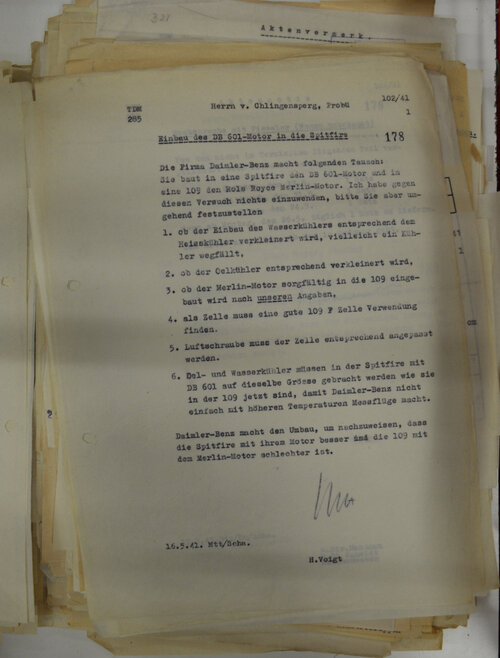
So Messerschmitt reported on a Daimler-Benz plan to put a Merlin into a Bf 109 - so far so good. But here's where it gets (slightly more) interesting. I posted this finding on Twitter and had Robin Schaefer of Iron Cross magazine commenting on it:
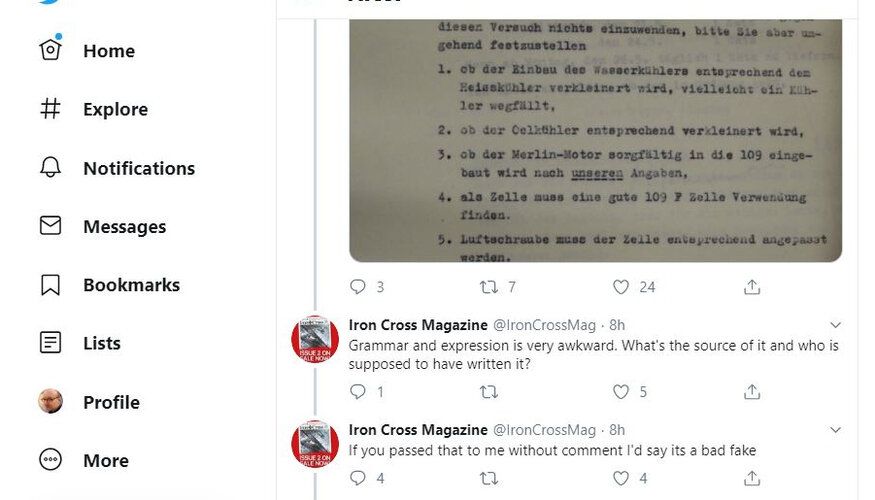
At the time, I was angry and perplexed by this accusation. I had photographed 2985 individual sheets from the Messerschmitt papers (and that's only five out of 12 volumes - every sheet of every volume has a sequential number stamped on it, this one being 178 of volume 4) and this is the only one which mentions, in passing, the Daimler-Benz plan to put a Merlin into a Bf 109. I photographed it in 2018 but Vann had clearly seen it in 1993 - 25 years earlier. Vann doesn't make anything of it particularly - he just mentions it briefly and moves on.
It seemed clear to me that this could not be a fake. But a further recent discussion got me thinking. Is the grammar and expression in the Messerschmitt document 'very awkward' to the point of seeming 'fake'? My knowledge of German is not sufficient to answer this question - it just reads like any other German to me.
German speakers - do you think this looks like a 'bad fake'?
If this was a fake, it would have had to be inserted into volume 4 some time before Vann got there in 1992/1993 (presumably - I don't know when his research was carried out prior to publication). Also, the sequence of numbers in vol. 4 is undisturbed, so someone would have had to not only create the fake page but also then destroy the original sheet stamped '178' in situ or smuggle it out of the archive. I don't know what security was like at IWM at the time but I guess it might have been possible to make the switch when the curator's back was turned. I've no idea why someone would go to those lengths though! I mean, who even cares whether DB briefly considered putting a Merlin in to a Bf 109 or not?? What do you think?
Last edited:

